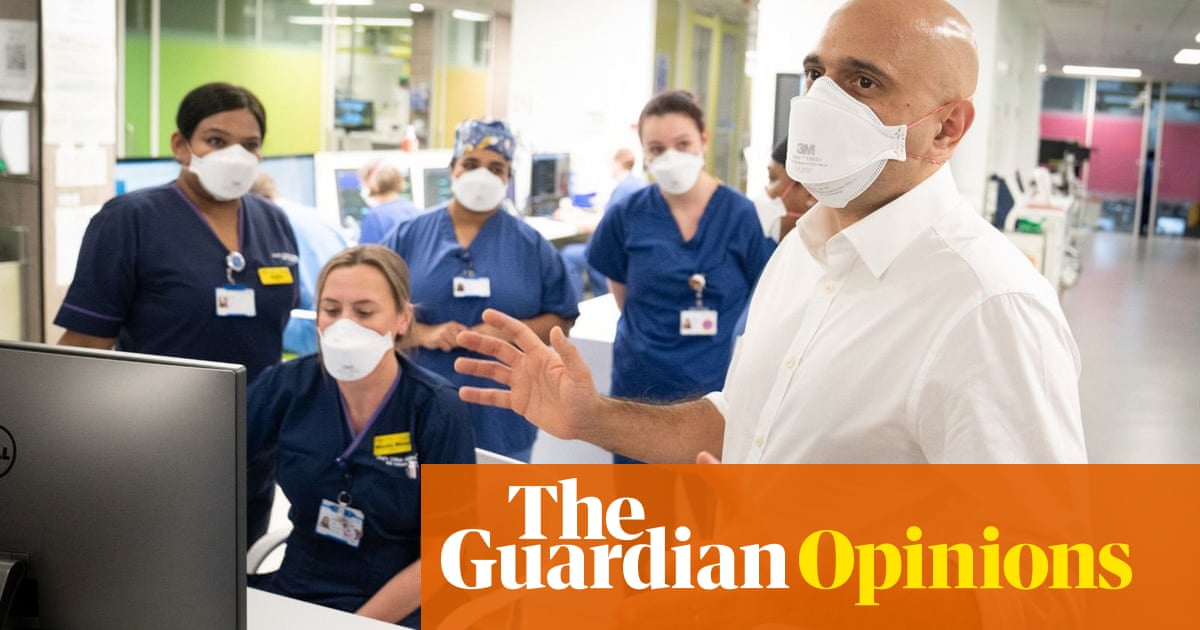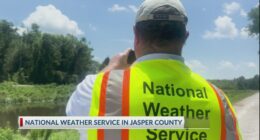Share this @internewscast.com

If you’re making a list of Things That Are Not Surprising, then today’s news that public satisfaction with the NHS has fallen to its lowest level since 1997, as revealed in the 2021 British Social Attitudes (BSA) survey, might be near the top.
Satisfaction with the health service has plummeted, with just 36% declaring they are content. In the previous year’s survey, this figure was 53%. Such a 17-point drop is unprecedented over the history of this multi-decade census. More people (41%) are now dissatisfied with the NHS than satisfied, and this holds across all ages, income groups, sexes and political persuasions.
It’s worth pointing out that you almost didn’t know about this. As part of the coalition government’s disastrous health reforms of 2010-12, Andrew Lansley removed the Department of Health’s funding for this survey. You don’t have to be politically partisan to wonder why a government department would want less public knowledge about satisfaction with its remit. Fortunately, thanks to the efforts of the health economist Professor John Appleby and colleagues, this source of data wasn’t lost: the independent King’s Fund thinktank stepped in to sponsor it.
In any case, the causes of the collapse in NHS performance, which the public has clearly noticed, are not mysterious. But here’s the key thing: they can’t be entirely attributed to the pandemic. Clearly, Covid-19 didn’t help matters, with its huge impact of fatigue and trauma on the staff who battled through its waves. But it is a matter of fact that at the end of 2019 (ie before the pandemic), the NHS waiting list in England was 4.4 million people long. It is currently 6.1 million and rising, having grown from 2.4 million in 2015. The point is that Covid did not help with a pre-existing trend.
The single biggest cause of the fall in performance is a lack of resources. The decade from 2010-19 saw the lowest increase in NHS funding since the first decade of the service’s history. The Cameron-Osborne austerity era has been very costly.
The most important resource is, of course, NHS staff. The fact that the workforce shortage recently hit 110,000 (after having hovered around 100,000 for several years) is not reassuring; neither is the government’s continuing unwillingness to accept former health secretary Jeremy Hunt’s proposal to mandate a regular independent publication of NHS workforce needs, and the progress being made to meet them. When the current health bill returns to the House of Commons later this week, expect to see battle resume on this issue.
The willingness of doctors, nurses and other healthcare staff to work overtime in evenings and at weekends to tackle the backlog (which happened under New Labour too) is also being hit by pension tax changes introduced by Osborne to offset the costs of making family homes worth up to £1m free of inheritance tax. This means that NHS staff working overtime can become liable for unpredictable and huge tax bills, which must be paid immediately, and which can exceed the extra money earned.
So what is the government going to do to fix all this? The answer is, frankly, nothing.
The NHS elective recovery plan recently announced by the health secretary, Sajid Javid, will not fix the backlog. It is a masterpiece of evasive language, characterised by lots of “ambition”, “guidance” and “best practice”. So creating 30% more NHS elective capacity over pre-pandemic levels by 2024-25 is an “aim”. Other aims include to “make progressive improvements on long waits, with a goal to eliminate waits of over one year by March 2025, and waits of over two years by July 2022”.
All this allows for a lot of wriggle-room, obviously. In the same vein, there are commitments that by March 2025 (which lies beyond the latest date for the next general election), there will be no 52-week waits for elective care.
But, again, we soon get to caveats: “These ambitions are important for improving outcomes for patients, but they of course depend on returning to and maintaining low levels of Covid-19, enabling the NHS to restore normalised operating conditions and reduce high levels of staff absence”. Covid-19 is still very much with us, along with restrictions on NHS capacity because of infection control measures.
The BSA survey has some good news: the vast majority expressed high levels of support for the founding principles of the NHS: that it is free of charge when you need it (94%), primarily funded through taxation (87%) and available to everyone (84%). And we know from the New Labour health reforms of the 2000s that the NHS is perfectly capable of delivering on increasing access and reducing waiting lists, if it is adequately resourced.
Let’s end with a prediction: expect some on the political right to come out shroud-waving that the NHS just can’t deliver. For all of the above reasons, we can safely ignore such foolish assertions. The NHS is in its current bad state of health because of the culmination of political choices, over the past dozen years, made by Conservative-led governments.
The next general election, which the chancellor’s promised 1p income tax cut effectively guarantees will be in 2024, will be a referendum on many things: the state of the NHS will be high up on that list.
-
Andy Cowper is a journalist who has written about health policy for 22 years. He is a regular columnist for Health Policy Insight, the British Medical Journal and Civil Service World
Source: This post first appeared on The Guardian















